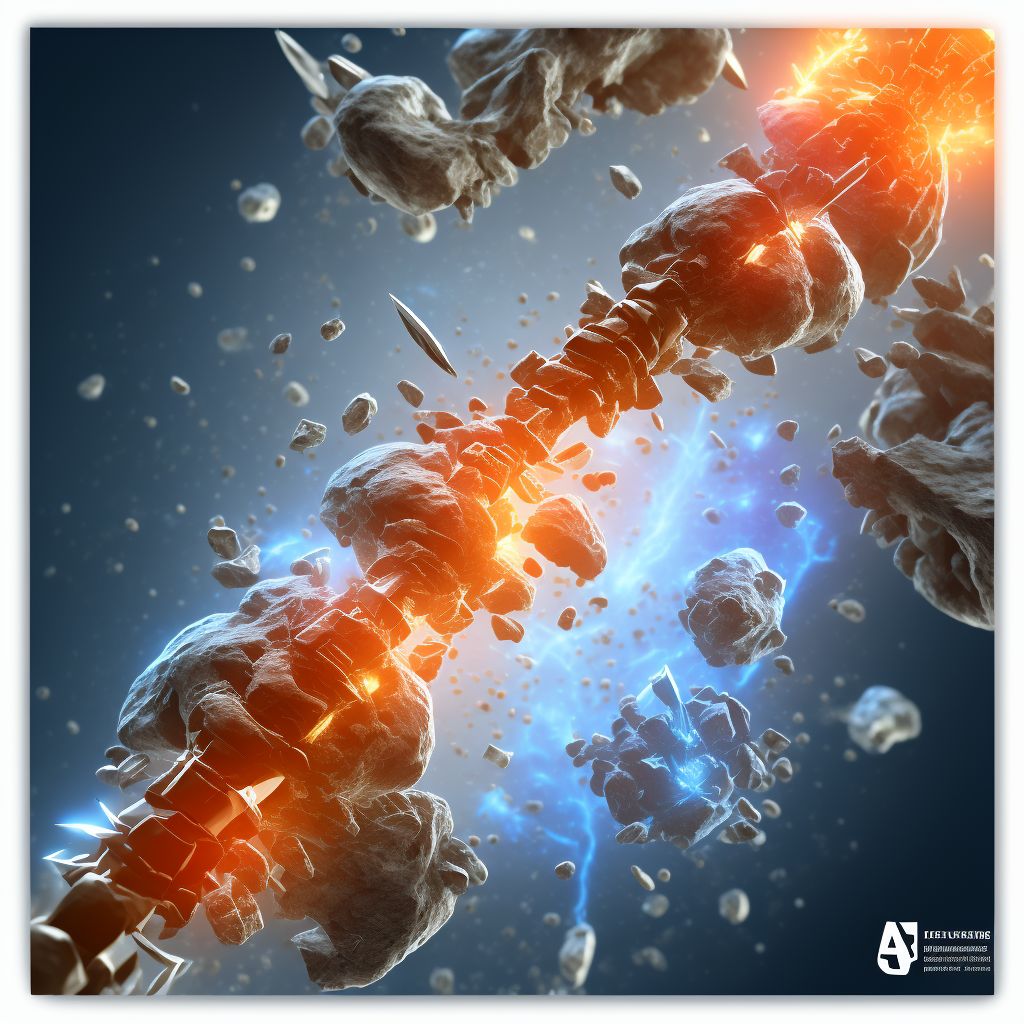
Other fracture of lower end of left tibia, subsequent encounter for closed fracture with delayed healing Save
ICD-10 code: S82.392G
Disease category: S82.392: Other fracture of lower end of left tibia
Understanding Other Fracture of Lower End of Left Tibia, Subsequent Encounter for Closed Fracture with Delayed Healing
Fractures can occur in various parts of the body, causing pain and discomfort. One such type of fracture is the "Other fracture of the lower end of the left tibia, subsequent encounter for closed fracture with delayed healing." This condition specifically affects the lower end of the left tibia and is characterized by delayed healing of the fracture.
When dealing with a fracture of the lower end of the left tibia, it's crucial to understand the nature of the injury. This type of fracture typically occurs due to trauma or excessive force applied to the leg, leading to a break in the tibia bone. It is categorized as an "other" fracture because it doesn't fall into the more common fracture classifications.
Patients with this type of fracture often experience pain, swelling, and difficulty walking or bearing weight on the affected leg. It is important to seek medical attention promptly to assess the severity of the fracture and develop an appropriate treatment plan.
Caution: It's important to note that this article does not provide specific treatment advice. Please consult with a healthcare professional for personalized guidance regarding your condition.
- Diagnosis: To determine if you have a fracture of the lower end of the left tibia with delayed healing, healthcare providers will perform a thorough physical examination, review your medical history, and may order imaging tests such as X-rays, CT scans, or MRIs.
- Symptom management: While treatment is not discussed in this article, it's worth noting that managing symptoms is an important aspect of recovery. This may involve pain medication, the use of crutches or a walking boot, and physical therapy.
- Follow-up care: Patients with delayed healing fractures require regular follow-up appointments with their healthcare provider to monitor the progress of the healing process. This may involve repeat imaging tests to evaluate the fracture's status.
Dealing with a fracture of the lower end of the left tibia with delayed healing can be challenging, but with proper medical care and adherence to treatment plans, most patients can experience successful healing and return to their normal activities.
Disclaimer: This article is for informational purposes only and should not replace professional medical advice. Always consult with a qualified healthcare provider for diagnosis and treatment options.
Treatment of Other fracture of lower end of left tibia, subsequent encounter for closed fracture with delayed healing:
Treatment Options for 'Other Fracture of Lower End of Left Tibia, Subsequent Encounter for Closed Fracture with Delayed Healing'
Dealing with a fracture can be a challenging and painful experience. One specific type of fracture that requires careful treatment is the 'Other Fracture of Lower End of Left Tibia, Subsequent Encounter for Closed Fracture with Delayed Healing.' This cond...
To see full information about treatment please Sign up or Log in